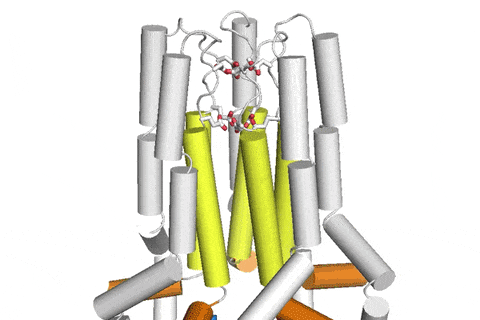

are a man with clinical conditions associated with bone loss, such as rheumatoid arthritis, chronic kidney or liver disease. are a post-menopausal woman who is tall (over 5 feet 7 inches) or thin (less than 125 pounds). have a personal or maternal history of hip fracture or smoking. are a post-menopausal woman and not taking estrogen. These factors are taken into consideration when deciding if a patient needs therapy.īone density testing is strongly recommended if you: The risk of fracture is affected by age, body weight, history of prior fracture, family history of osteoporotic fractures and life style issues such as cigarette smoking and excessive alcohol consumption. The DXA test can also assess an individual's risk for developing fractures. Osteoporosis involves a gradual loss of bone, as well as structural changes, causing the bones to become thinner, more fragile and more likely to break.ĭXA is also effective in tracking the effects of treatment for osteoporosis and other conditions that cause bone loss. The most important of all is that the patterning of the radiation allows doctors to deliver radiation to different places in the body (e.g., paranasal sinuses) that have been difficult with other external radiation therapy.What are some common uses of the procedure?ĭXA is most often used to diagnose osteoporosis, a condition that often affects women after menopause but may also be found in men and rarely in children. Moreover, it reduces the treatment toxicity even when the doses are not increased. As a result, higher and more effective radiation doses can safely be delivered to tumors. In IMRT, the ratio of normal tissue dose to tumor dose is reduced to a minimum. The equipments that are very frequently used to administer the radiation from outside are (1) linear accelerator ( LINAC), (2) Gamma Knife, and (3) proton beam. The radiation dose is designed to conform to the three-dimensional (3-D) shape of the tumor by modulating or controlling the intensity of the radiation beam. In intensity-modulated radiation therapy ( IMRT), a computer-controlled X-ray accelerator is used to deliver a precise radiation dose to a malignant tumor or to the specific areas of a cancerous cell. But the half-life of 14C is 5,730 years, so the effect of decay is not much noticeable during our lifetime. During our lifetime, we absorb and excrete 14C, and as a result, 14C levels in our tissues gradually increases to an equilibrium level and in course of time it decays due to its radioactive nature. The other natural radioisotopes are carbon ( 14C) and hydrogen ( 3H, tritium) that result from the nuclear reactions of the atmospheric nitrogen (N). Even the human body contains almost 150–200 g of potassium (K) of which 20–25 mg exists as a radioisotope ( 40K). The relative abundance of three isotopes of potassium (K) ( 39K, 40K, and 41K, have 19 protons, and (39–19), (40–19), and (41–19) neutrons) are constant, regardless of the source. On the other hand, the isotopes that spontaneously emit radiation are called radioisotopes. Isotopes are identified as stable, when the protons and the neutrons in the atom can coexist in a state of peaceful tranquility. Atomic nuclei with the same number of protons, but with different numbers of neutrons, are called isotopes. Table 9.2 shows the parent and daughter nuclei and their applications, and the isotopes used in nuclear medicine are given in Table 9.3. Radionuclides for the use in nuclear medicine are also produced in nuclear reactor by the process of fission, neutron capture, or transmutation, for example, 131I, 133Xe, and 99Mo. Figure 9.3 shows a cross-sectional view of the 90Mo– 99mTc generator. 

The 99mTc decays to 99Tc during radioactive decays with principal radiation γ-ray, having specific γ-ray constant of 0.19 mGy per MBq-h-1at-1 cm.
Nuclear medicine gif machine animation generator#
The generator is called a cow the daughter nuclide is referred to as milking and surrounding lead shield is called a pig (Fig. From the sterile solution containing 99mTc, sodium pertechnetate injection is prepared for applications into the body organs and remains on the column. The parent 99Mo is firmly bound to alumina, and as a result, the eluted 99mTc contains negligible amounts of 99Mo, and the daughter 99Tc, which is washed away with saline, is collected in a vile (vacuum). The 99Tc (daughter) is milked (eluted) by drawing sterile saline through the column into the vacuum vile. The most commonly used nuclides used in nuclear medicine is 99 m-Tc ( 99mTc) which is produced in a highly shielded column of fission product Mo-99 ( 99Mo-parent) bound to alumina (Al 2O 3). The most commonly used equipment, which is used to make nuclear medicine, is the generator.







 0 kommentar(er)
0 kommentar(er)
